The 1970s brought both the high point and the decline of the muscle car era. Early in the decade, big-block engines ruled the streets with horsepower ratings that pushed factory performance to its limits. But by the mid-1970s, federal emissions laws, rising insurance premiums, and the fuel crisis forced automakers to detune engines and rethink their strategies. Despite these challenges, the ’70s delivered a mix of all-time greats and transitional models that kept the muscle spirit alive. Here’s a look back at the decade’s defining muscle cars.
Plymouth Barracuda and ’Cuda (1970–1974)
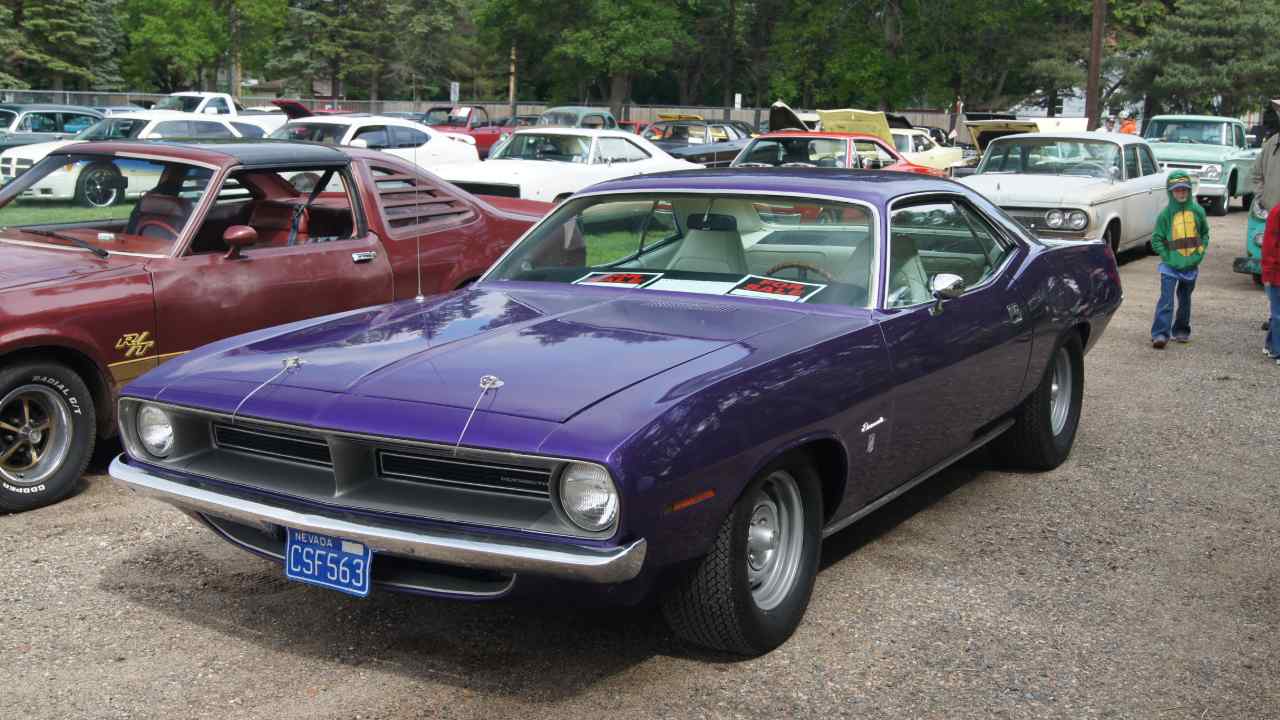
The Barracuda entered its most famous form in 1970 with the E-body redesign. The high-performance ’Cuda models offered big-block engines, including the 440 Six Pack and 426 HEMI, delivering quarter-mile dominance and horsepower up to 425. With aggressive styling and wide availability of trims, the ’Cuda became one of the most recognizable muscle cars of the era. By 1975, tightening regulations spelled the end of the big-block ’Cuda, but the early ’70s models remain some of the most sought-after Mopars ever built.
Dodge Challenger R/T (1970–1974)
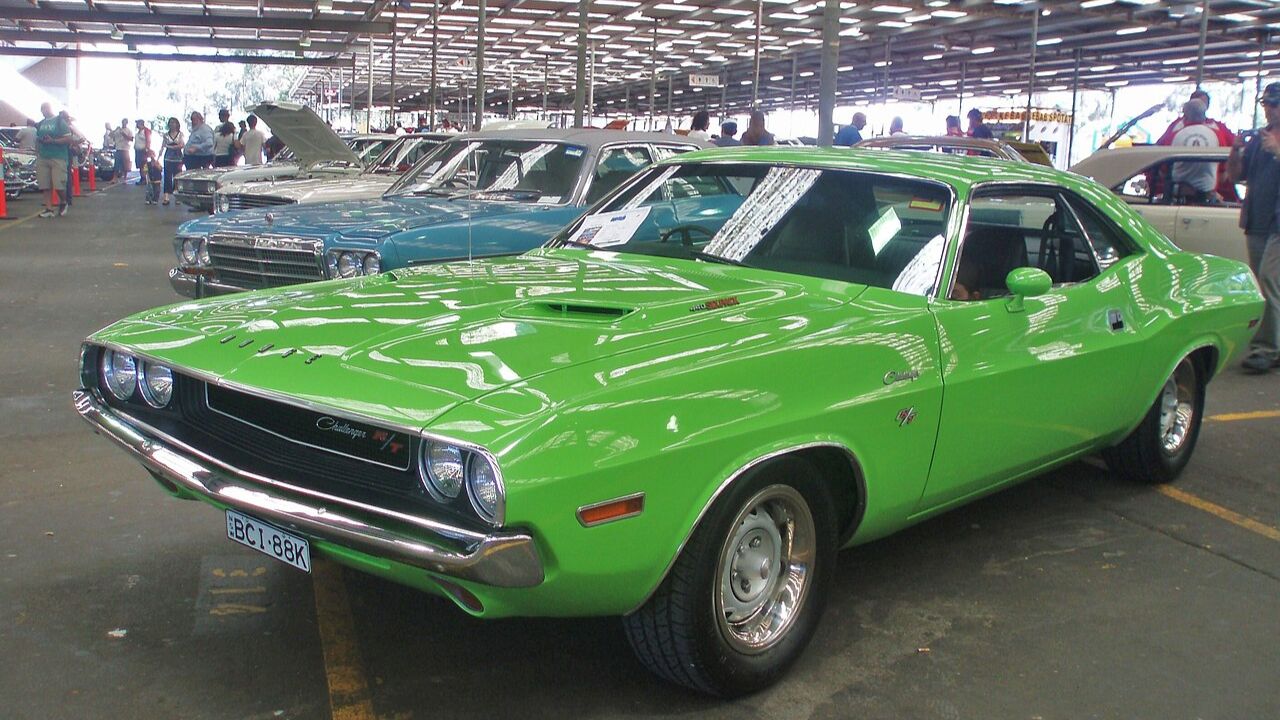
Sharing Chrysler’s E-body platform with the Barracuda, the Challenger debuted in 1970 as Dodge’s answer to the Mustang and Camaro. The R/T trim delivered serious muscle with engines ranging from the 383 Magnum to the 440 Six Pack and the 426 HEMI. With bold styling, shaker hoods, and an array of options, the Challenger stood out as a versatile muscle machine. Like the ’Cuda, its peak performance ended mid-decade, but the early models are Mopar legends prized by collectors today.
Chevrolet Chevelle SS (1970–1972)
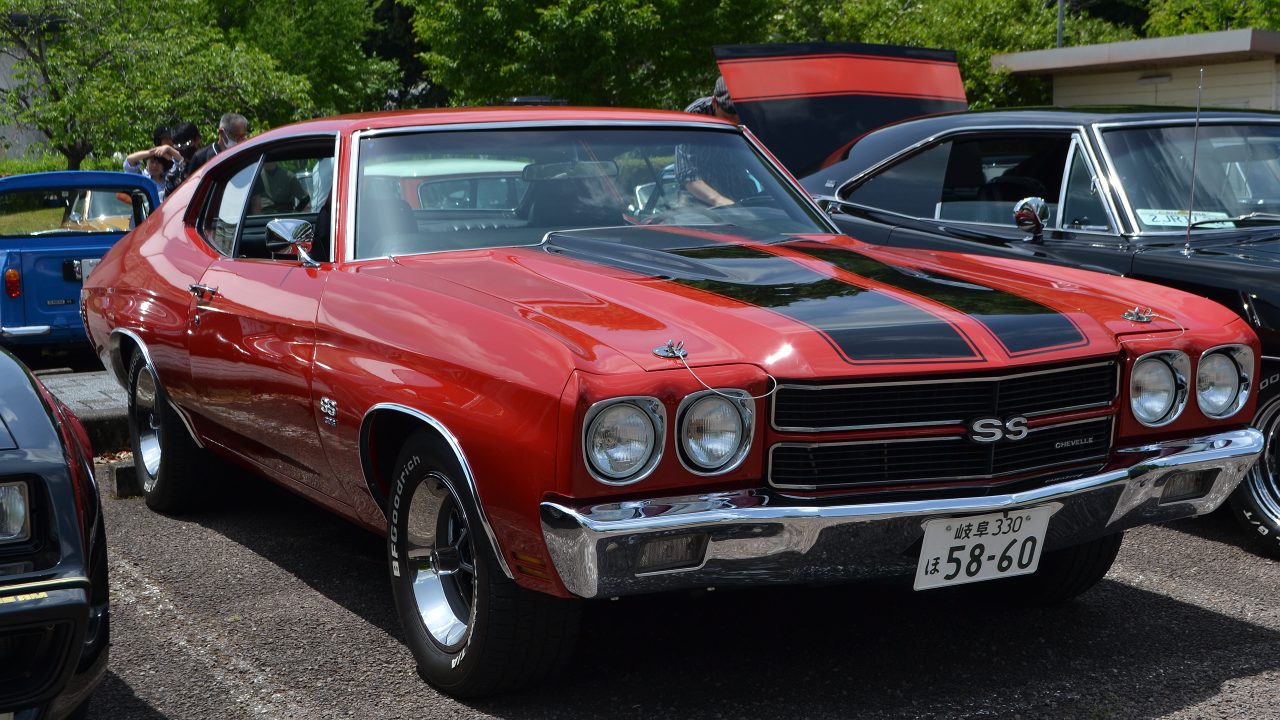
The Chevelle SS reached its peak in 1970 with the LS6 454, rated at 450 horsepower and considered one of the most powerful production muscle cars of all time. Even the lower LS5 454 produced 360 horsepower, ensuring big-block dominance on the street and strip. By 1972, net horsepower ratings and emissions changes began reducing output, but the early ’70s Chevelles remain benchmarks in the muscle car world. Their mix of aggressive styling and brute force helped define the decade.
Pontiac GTO (1970–1974)
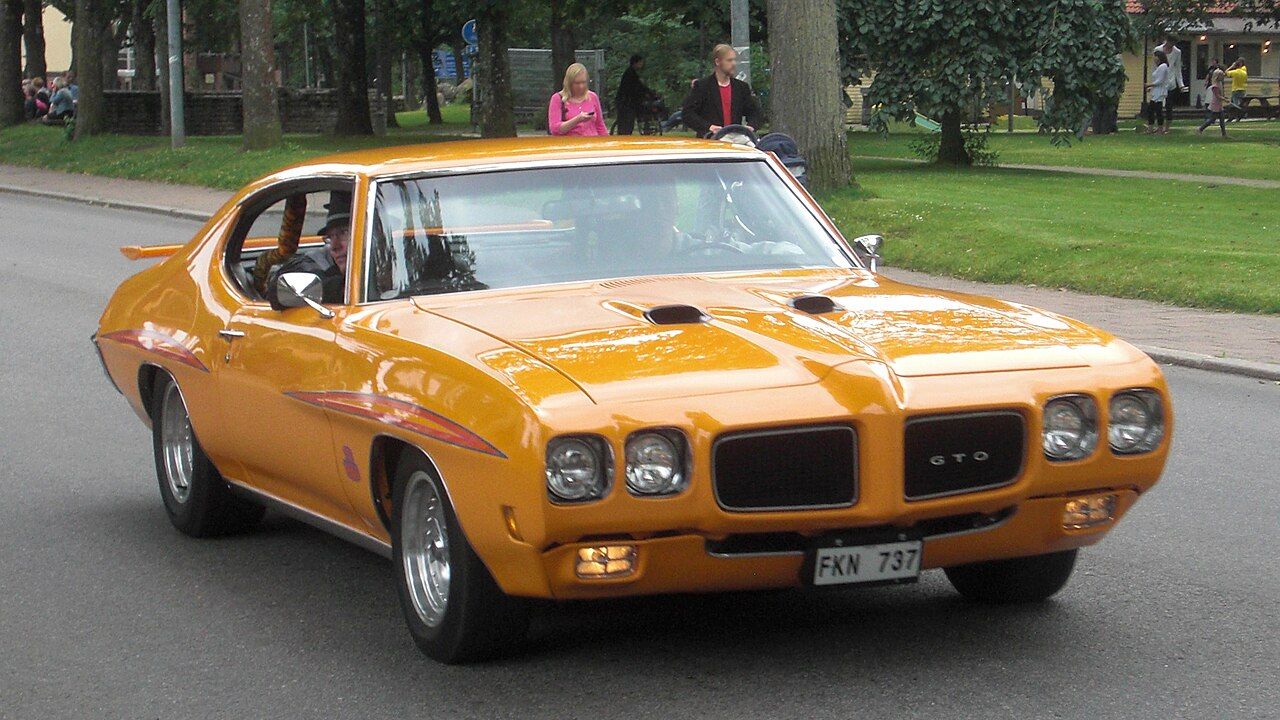
The GTO carried its muscle car legacy into the 1970s, with the 1970 model offering Ram Air III and Ram Air IV options, plus the 455 HO. Horsepower peaked at 370 in Ram Air IV form, but by the mid-1970s, emissions standards cut performance dramatically. The 1974 GTO shifted onto the Ventura platform, smaller and less powerful, signaling the decline of Pontiac’s muscle flagship. Still, the early ’70s GTOs hold their place as the continuation of the car that started the craze.
Pontiac Firebird Trans Am (1970–1979)
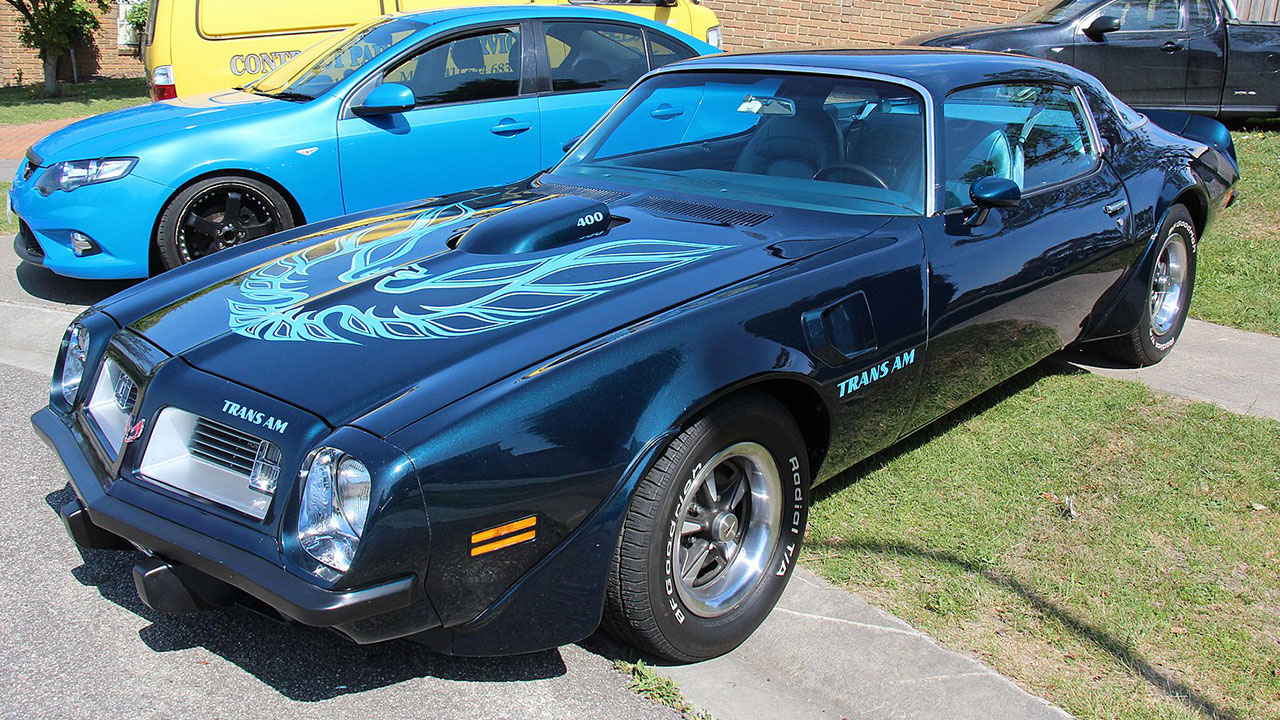
The Firebird Trans Am grew into a cultural icon in the 1970s, especially with the introduction of the SD-455 in 1973–74. Rated at 290 net horsepower but capable of much more, the SD-455 was one of the last true high-performance engines of the muscle era. Later in the decade, the Trans Am relied more on image and style, boosted by its starring role in Smokey and the Bandit. Even as horsepower fell, it remained one of the decade’s most recognizable performance cars.
Chevrolet Camaro Z/28 and SS (1970–1973)
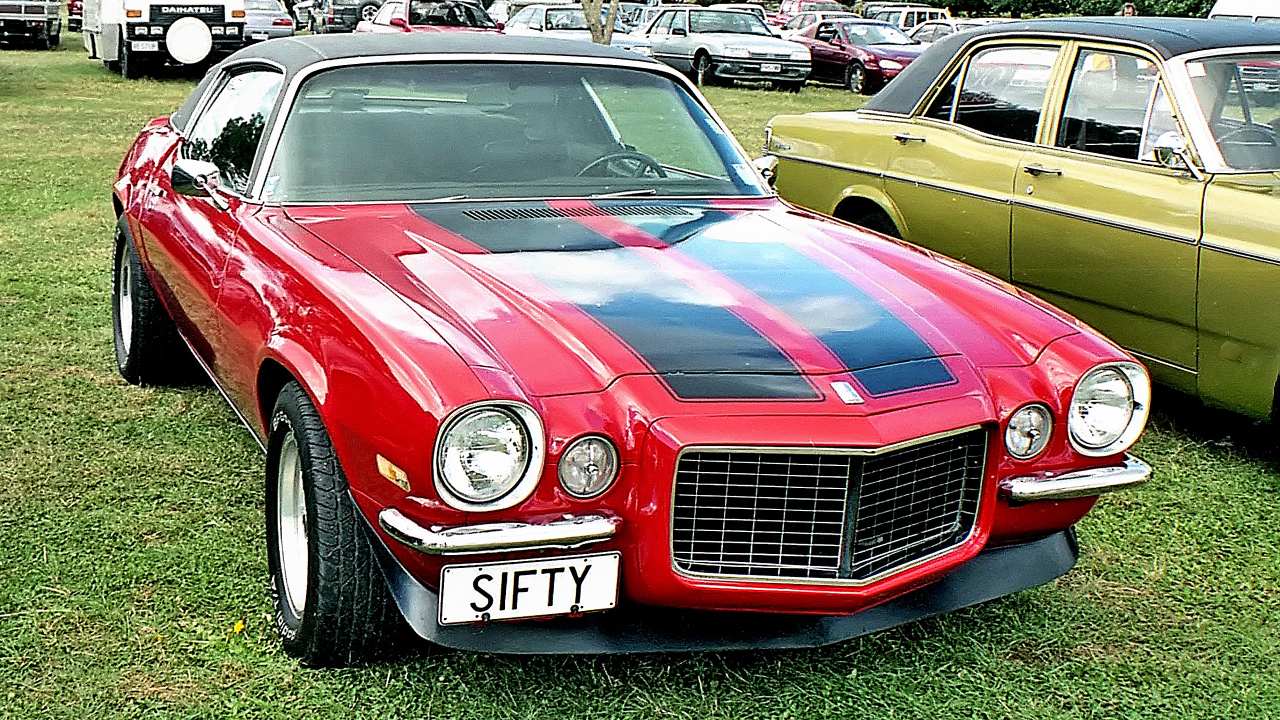
The second-generation Camaro launched in 1970 with sleeker styling and stronger performance. The Z/28 featured a 350 small-block LT-1 rated at 360 horsepower, while SS buyers could choose big-blocks up to the LS6 454. Early models delivered strong performance, but like other muscle cars, emissions standards and rising costs cut into output by the mid-decade. Despite this, the Camaro remained a performance staple and cemented its place as Chevrolet’s pony car answer to the Mustang.
Ford Mustang Mach 1, Boss 302/351/429 (1970–1973)
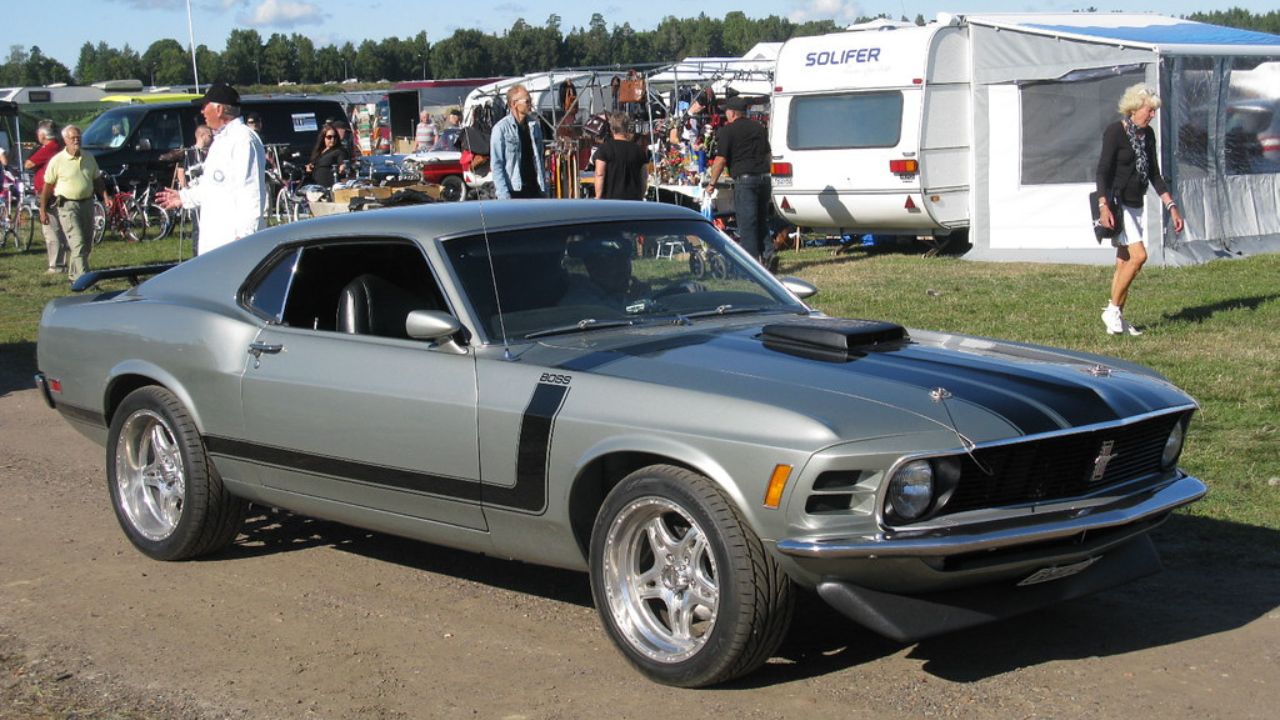
The Mustang entered the 1970s with its most powerful lineup ever. The Boss 429, with its NASCAR-derived big-block, produced 375 horsepower, while the Boss 302 and Boss 351 delivered high-revving performance. The Mach 1 offered a wide range of V8s, including the 428 Cobra Jet. By 1974, the Mustang II arrived with smaller engines, reflecting the new market realities. While performance dropped off sharply mid-decade, the early ’70s Boss and Mach 1 models remain Mustang legends.
Ford Mustang Mach 1 (1970–1971)
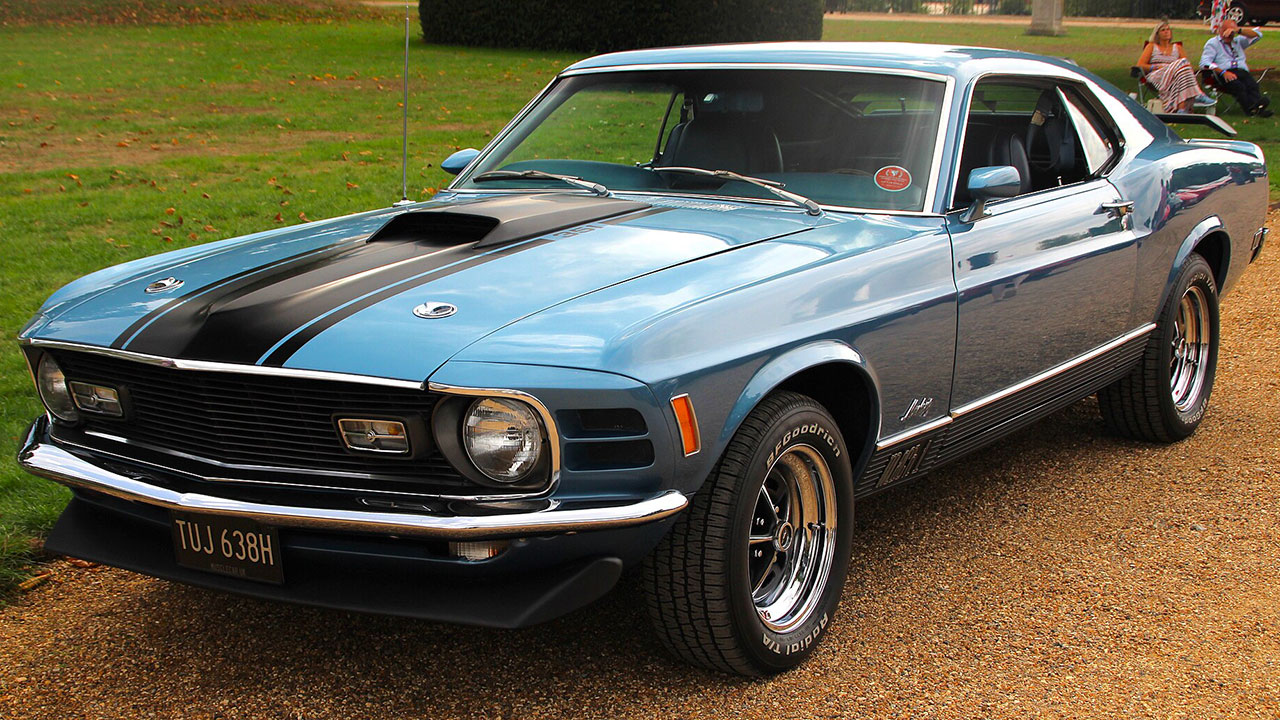
Mercury’s muscle entry continued into the early 1970s, with the Cougar Eliminator offering engines like the 351 Cleveland, 428 Cobra Jet, and Boss 302. Combining upscale interiors with Mustang-level performance, the Eliminator was a unique blend of luxury and muscle. By the mid-1970s, the Cougar had shifted toward a personal luxury focus, but the early Eliminators stand as Mercury’s best muscle-era offerings.
Dodge Charger R/T (1970–1971)
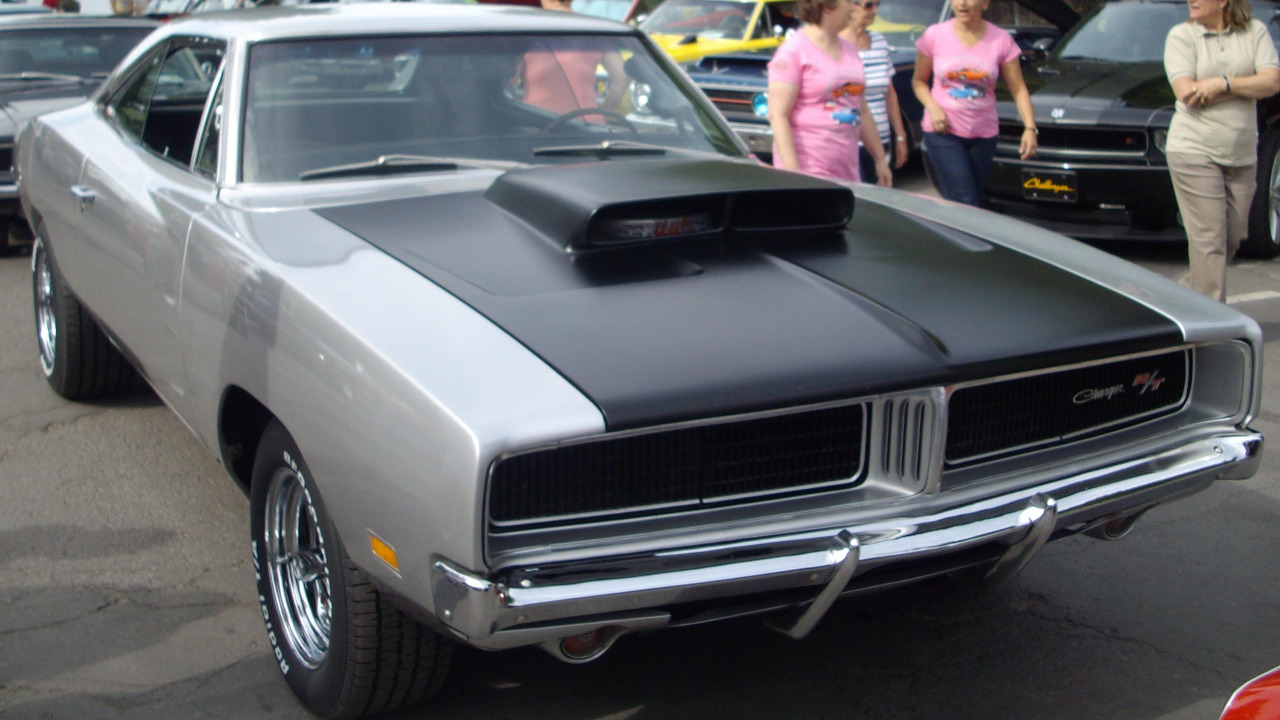
The Dodge Charger carried its muscle credentials into the 1970s with the R/T trim. Buyers could choose from engines like the 440 Magnum, 440 Six Pack, and 426 HEMI, delivering up to 425 horsepower. The Charger’s bold styling and strong Mopar power made it a drag-strip favorite. After 1971, insurance rates and regulations began to cut back on Charger performance, but the early 1970s cars remain Mopar icons.
Plymouth Road Runner (1970–1974)
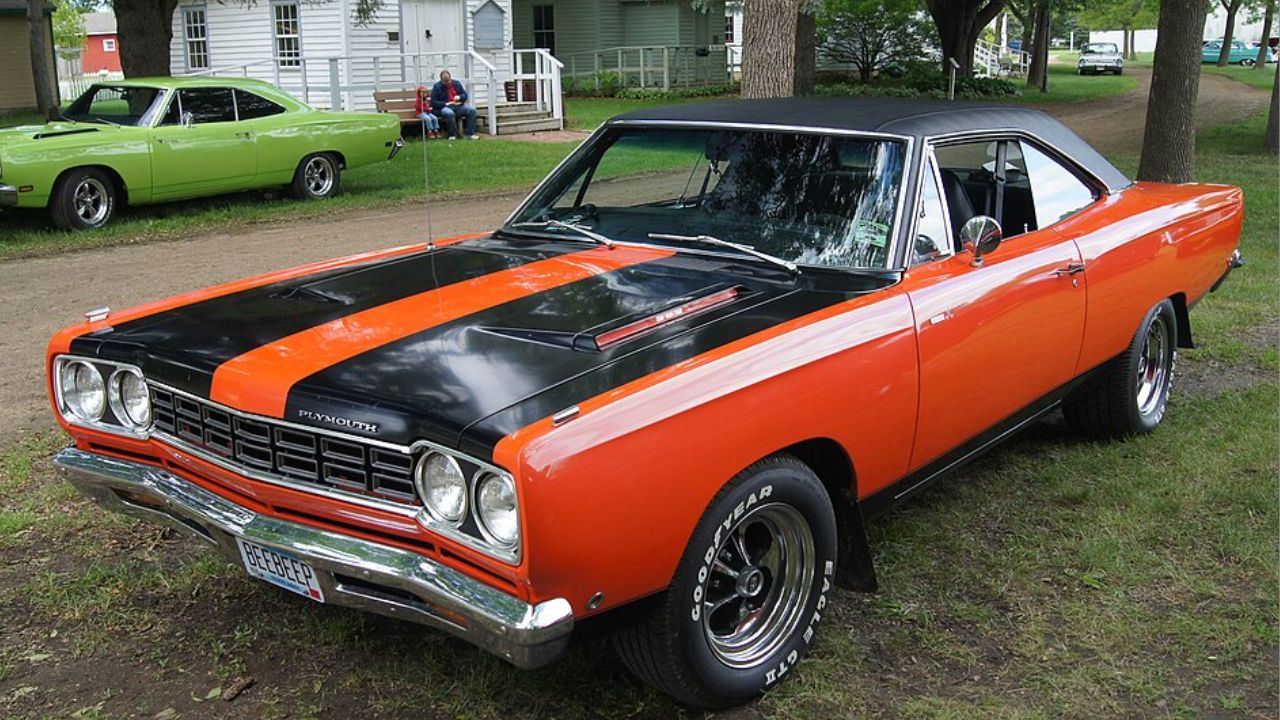
The Road Runner continued into the ’70s as Plymouth’s budget muscle option. In 1970, it offered the 383, 440 Six Pack, and 426 HEMI, making it one of the best bang-for-buck performance cars of the time. The cartoon badging and affordable pricing gave it broad appeal. By 1973, styling changes and reduced horsepower marked the beginning of its decline, but early 1970s Road Runners are prized as Mopar muscle at its peak.
AMC AMX (1970–1974)
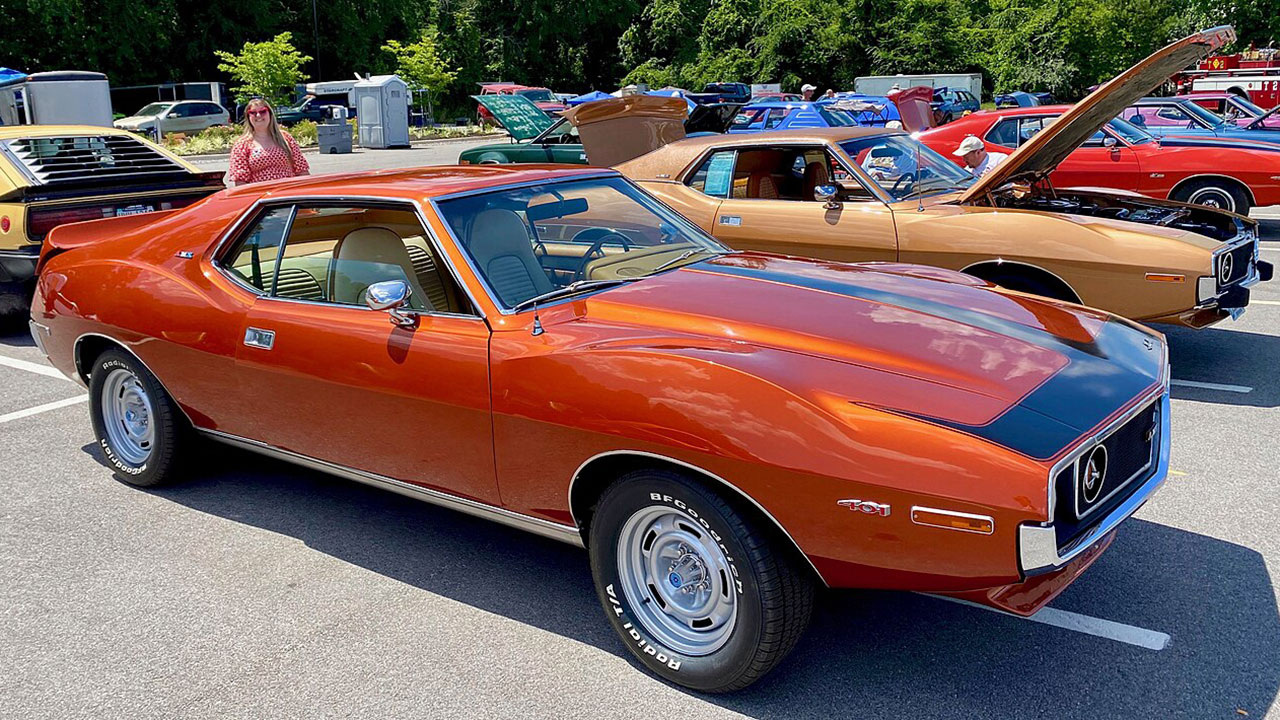
AMC kept its performance credibility alive in the early 1970s with the AMX, offering engines up to the 401-cubic-inch V8. Compact and lightweight, the AMX provided strong acceleration and an alternative to the Big Three’s muscle cars. By the mid-1970s, tightening emissions and market pressures phased it out, but the AMX of the early decade remains a respected and collectible performance car.
AMC Javelin AMX (1971–1974)
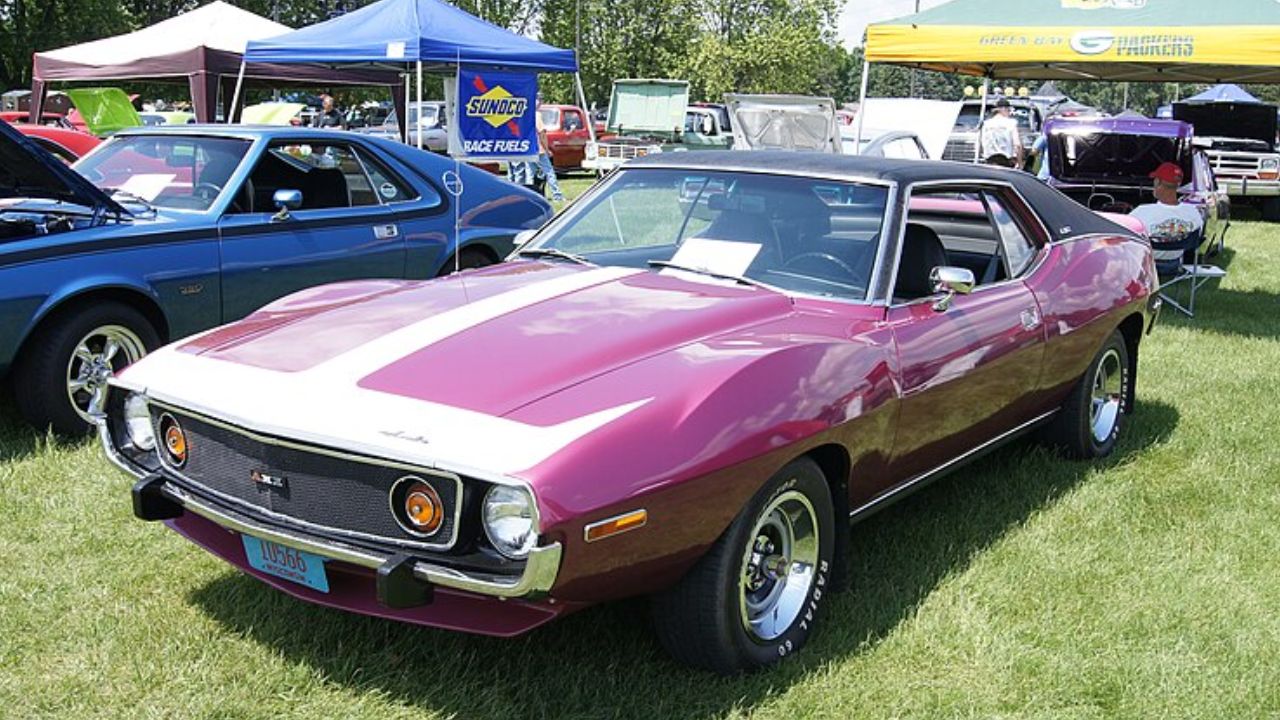
The Javelin entered its second generation in 1971, growing larger but still offering real muscle. The Javelin AMX trim provided engines up to the 401 V8, along with aggressive styling that set it apart from other pony cars. AMC’s success in Trans-Am racing helped the Javelin’s image, giving it credibility among enthusiasts. Though overshadowed by Mustang and Camaro, it gave AMC a solid place in the 1970s muscle scene.
Like Fast Lane Only’s content? Be sure to follow us.
Here’s more from us:
*Created with AI assistance and editor review.

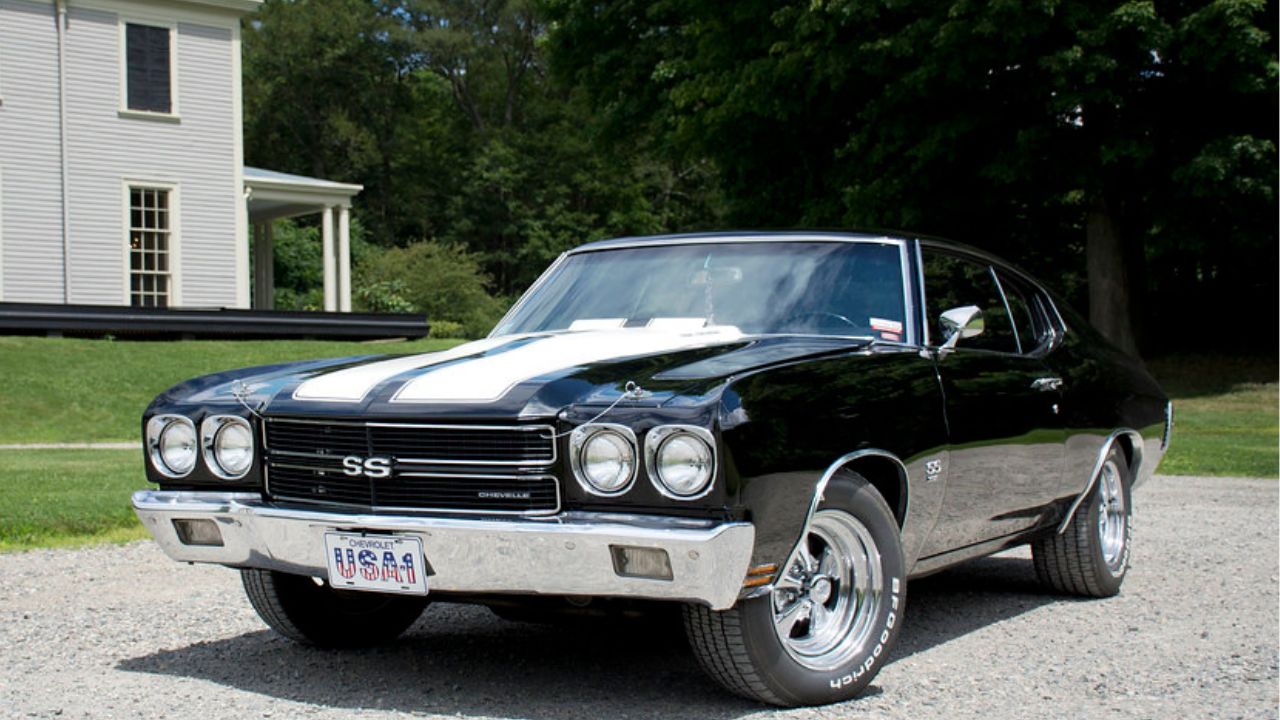
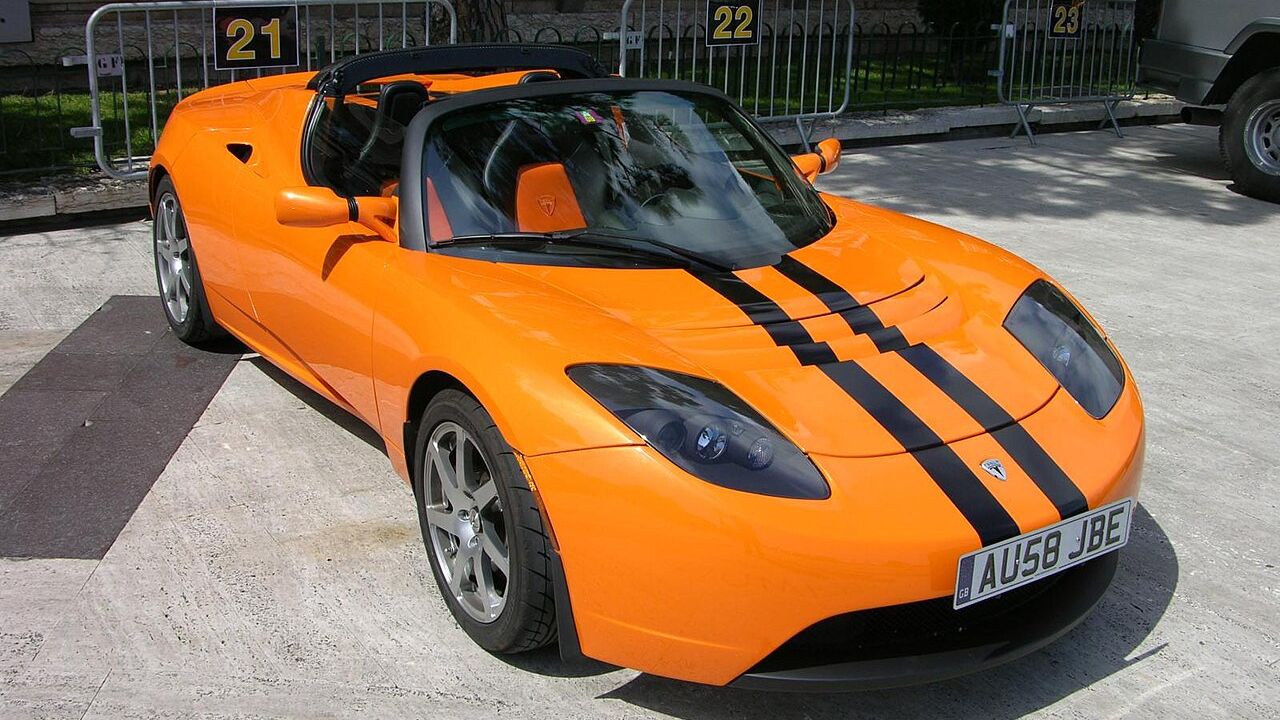
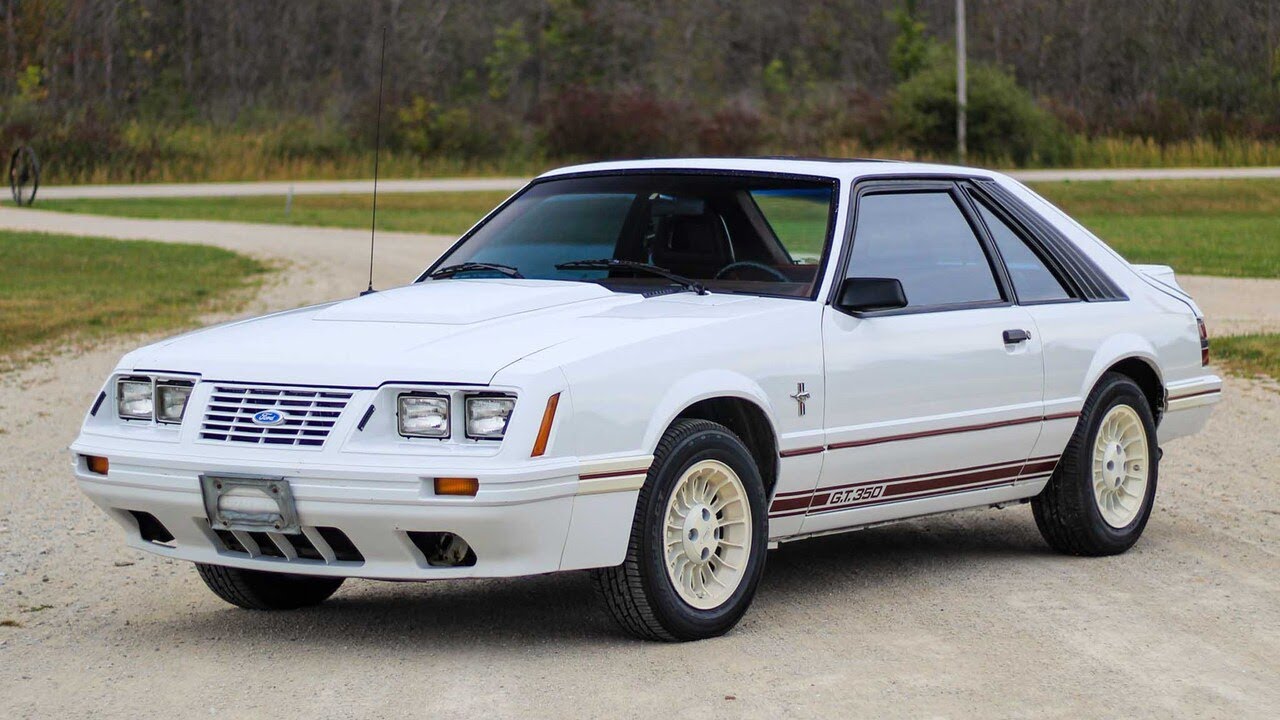

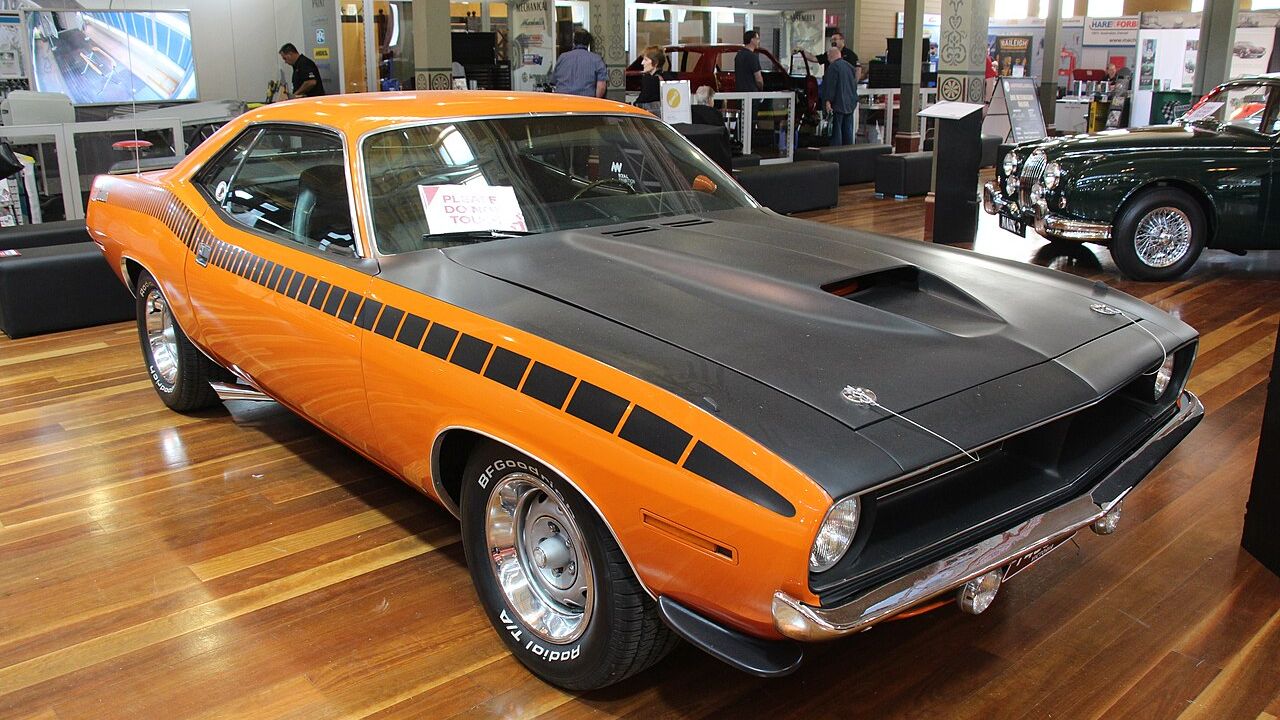
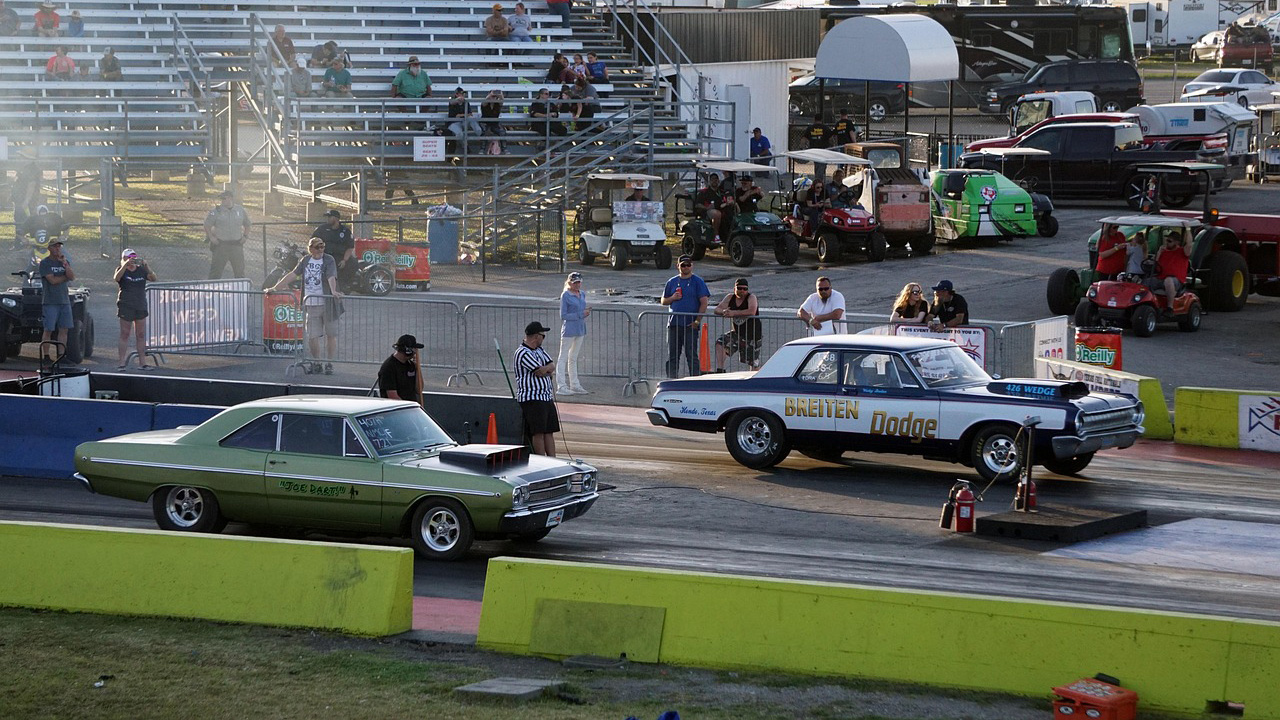
Leave a Reply